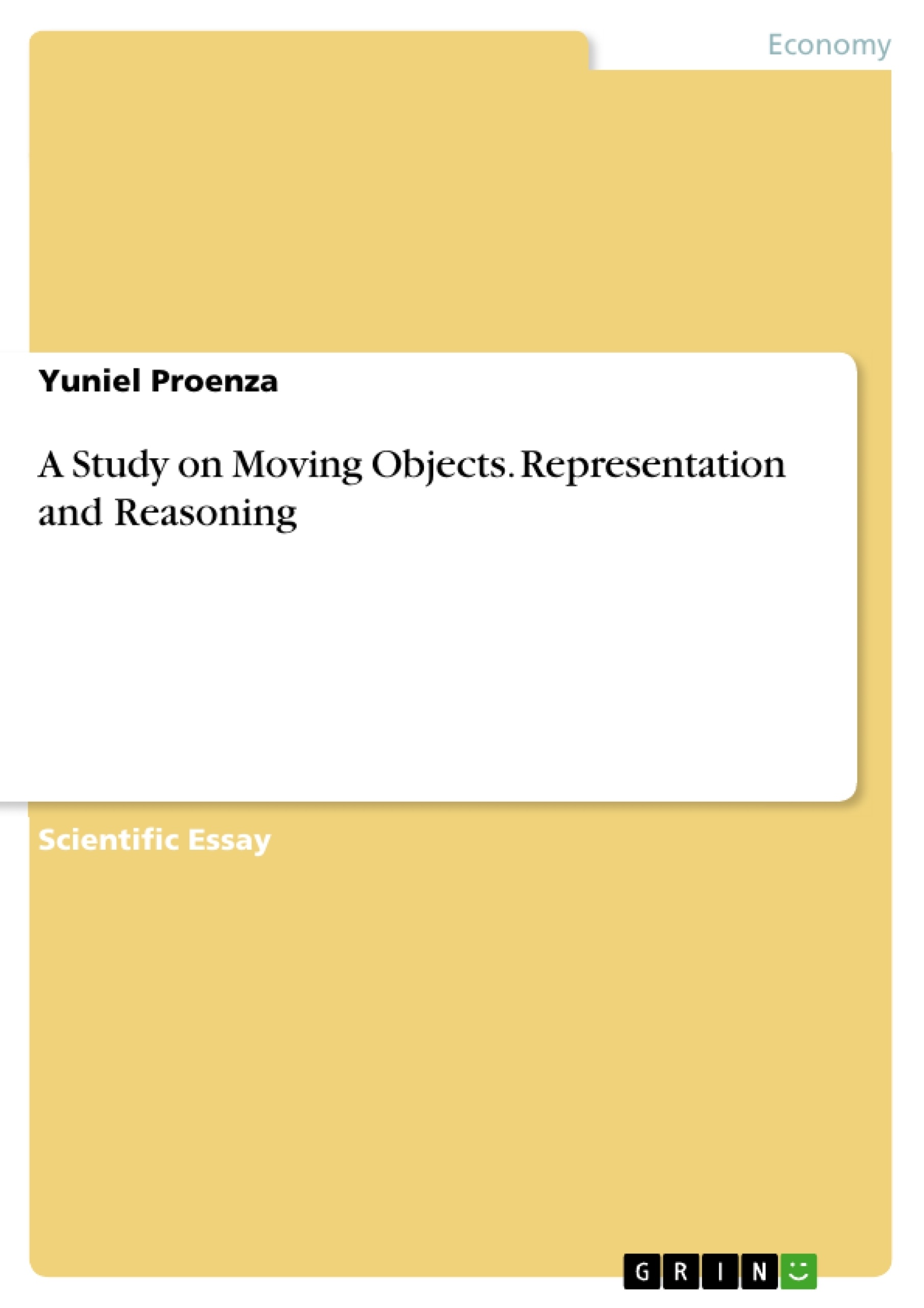There are some researches that explore and help to solve the representation of moving objects, mainly focused on improving DBMS and Query Languages for support spatio-temporal information storing and processing. Some other researches present techniques to analyze trajectories using data mining, indexing and math operations. More recently, with the emergence of the Semantic Web, the tracking of trajectories of moving objects became a fully applicational field and an open area for ontology applications. This paper explores moving objects representation and reasoning, aiming to find out foundations for a semantic representation of moving objects approach, for solving some existing problems when considering spatio-temporal aspects and semantically enrich query results over any stored information of moving objects.
Inhaltsverzeichnis (Table of Contents)
- Abstract
- Introduction
- Problem description and motivation
- Reference framework for movement representation and reasoning
- Data models
- Location management
- Indexing and data mining
- Logical representation and reasoning
- Classification of previous techniques
- Ontology driven approaches
- Spatial foundations and proposals
- Spatio-temporal research
- Temporal foundations and proposals
- Conclusions and future work
- References
Zielsetzung und Themenschwerpunkte (Objectives and Key Themes)
This paper focuses on exploring moving objects representation and reasoning, seeking foundations for a semantic representation approach that addresses existing issues related to spatio-temporal aspects and enhances query results for stored moving object information.
- Analyzing the motion semantic representation and reasoning problem from a spatio-temporal perspective.
- Classifying important existing techniques based on their perspective.
- Identifying key limitations within current ontology-driven approaches.
- Proposing a research path for moving object semantics representation using ontology approaches.
- Exploring the use of ontologies for integrating various applications dealing with moving object data.
Zusammenfassung der Kapitel (Chapter Summaries)
- Introduction: This chapter introduces the growing importance of analyzing moving objects in various domains, highlighting the need for improved representation and reasoning of their movement. It reviews previous research efforts, emphasizing the lack of a comprehensive framework for representing moving objects semantics.
- Problem description and motivation: This section presents the challenges and motivations for researching moving object representation and reasoning. It classifies moving objects based on their movement type (points, regions, and lines) and discusses key aspects such as tracking past movements and predicting future behavior.
- Reference framework for movement representation and reasoning: This chapter defines a reference framework for representing and reasoning over moving objects semantics, encompassing two key components: moving objects representation and spatio-temporal reasoning. It provides criteria for analyzing and comparing different approaches.
- Data models: This section explores various techniques for representing moving objects in databases, focusing on data models, data types, and approaches for storing and managing spatio-temporal information. It discusses limitations related to handling complex relationships and integrating various applications.
- Location management: This chapter reviews techniques for managing the location of moving objects, including Point-in-Polygon Analysis, Point Location Management, and Trajectory Location Management. It discusses the advantages and disadvantages of each approach, highlighting issues related to interpolation, extrapolation, and resource consumption.
- Indexing and data mining: This chapter addresses the use of indexing and data mining techniques for analyzing moving objects data, particularly for pattern recognition and prediction. It highlights the importance of these techniques for applications such as traffic management and resource optimization.
- Logical representation and reasoning: This section delves into the use of logic-based approaches for representing and reasoning about moving objects, exploring techniques like description logics and ontology query languages. It emphasizes the potential of these approaches for developing robust and flexible systems.
Schlüsselwörter (Keywords)
This paper focuses on key topics such as Ontologies, Data Storage Representations, Database Semantics, Interactive Data Exploration and Discovery, and Knowledge Acquisition. The research explores the representation and reasoning of moving objects within the context of the Semantic Web, aiming to address the challenges of spatio-temporal information management and semantic enrichment of query results.
- Citar trabajo
- Proff. Yuniel Proenza (Autor), 2015, A Study on Moving Objects. Representation and Reasoning, Múnich, GRIN Verlag, https://www.grin.com/document/311573



